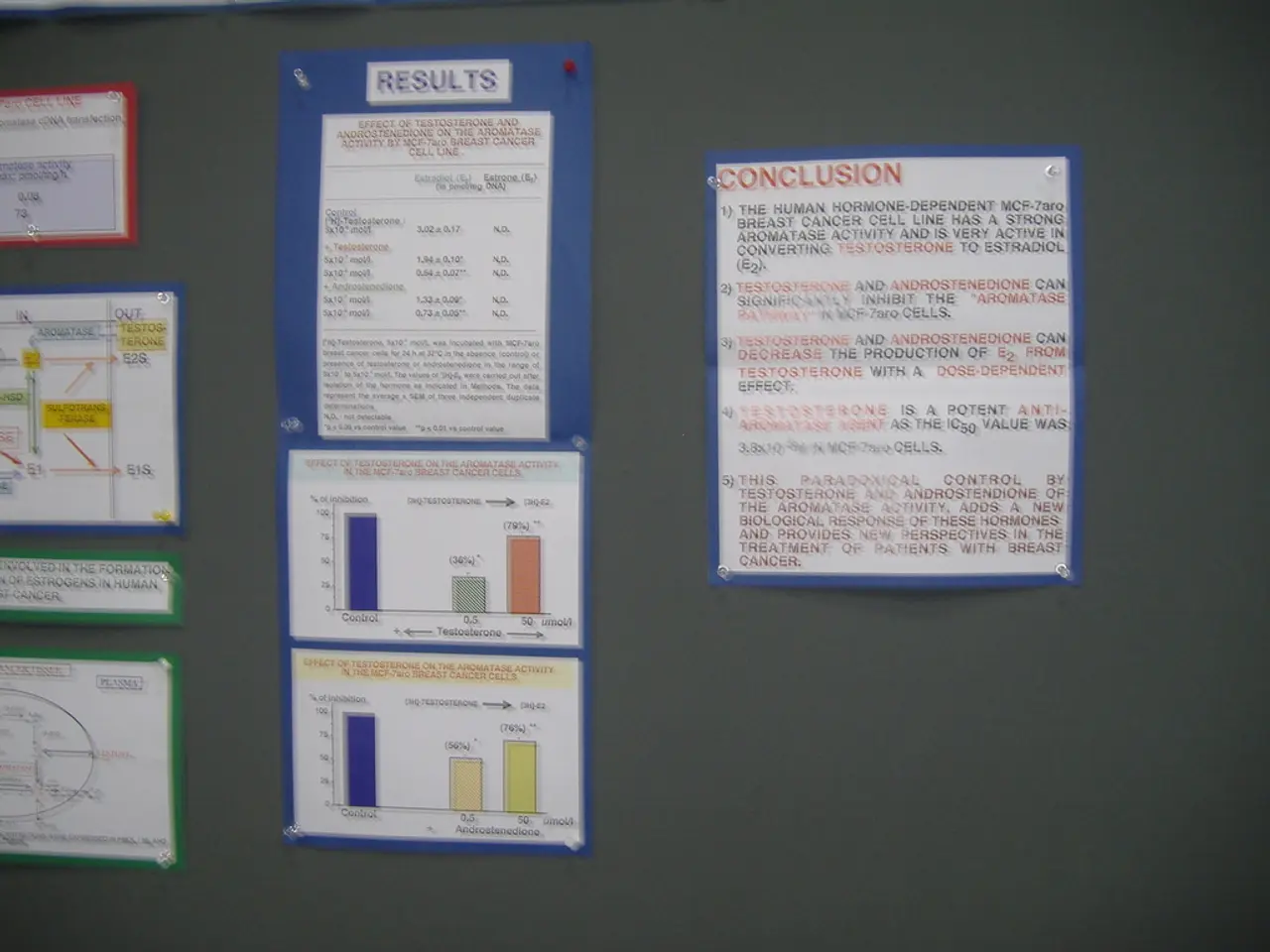Strategies for Developing a Practical Employee Growth Blueprint [Including Templates and Illustrations]
Investing in employee development is a strategic move that benefits both the individual and the organisation. By focusing on professional and personal growth, organisations can improve job performance, foster a stronger workforce, and boost overall productivity and profitability.
According to LinkedIn, about 73% of professionals prefer learning about topics they're personally interested in when taking part in workplace development programs. This shows the importance of tailoring development plans to meet the unique needs and aspirations of each employee.
Soft skills such as organisation, interpersonal communication, time management, listening, collaboration, conflict resolution, adaptability, change management, and decision making are often targeted in these plans. Hard skills related to specific job tasks, such as mastery of specific computer programs or broad digital fluency, may also be addressed.
Both the manager and employee should prepare for these meetings, thinking about professional and personal growth areas. A worksheet or checklist can be useful for ensuring employees are aware of what's expected of them in this process. During these meetings, managers should ask employees about their career goals, skills they want to develop, and both short-term and long-term career aspirations.
Employees should plan their career development goals based on their current job and line of work, with shorter-term goals for more junior employees and longer-term goals for managers aiming for higher positions. Employee development plans should focus on what team members want to achieve and how they can go about doing that, by identifying their existing skills to see what they lack or where they could improve.
Areas of development should ideally overlap with organisational goals or where certain skills could be developed. Once these areas have been identified, organisations should choose the best methods to help employees achieve their goals. These methods can include coaching, mentoring, cross-training, job shadowing, job rotation, assessment centers, online employee development, and e-learning courses.
Implementing employee development plans offers numerous benefits. Employees sharpen skills, explore new roles, and prepare for advancement or cross-functional challenges, fostering a stronger, adaptable workforce and reducing turnover. Better job satisfaction, higher employee engagement, improved job performance, increased retention, alignment of individual and organisational goals, and regular monitoring and adjustment are some of the key benefits.
According to surveys, companies with learning and development initiatives are twice as likely to retain employees and achieve up to 11% higher profitability. Employee development plans generally come in two varieties: individual development plans focused on helping employees achieve their career goals, and succession planning focused on filling internal needs and ensuring that talented workers have the skills they need to step into new roles within the company.
Employee development meetings typically happen at least once per year or whenever an employee requests a meeting. Some companies conduct performance reviews every six months. Creating employee development plans demonstrates to workers that the company is invested in their future. If a manager is unfamiliar with an employee's career path, they should offer advice where they can while connecting the employee to resources that align more with their career path.
Employee development plans should be constantly refined based on results to ensure effectiveness. They should include a series of milestones employees should achieve on the path toward meeting their goals, and an employee monitoring program should be used to track productivity and understand how the work is done. Meeting minutes samples can be used to record conversations for future reference.
In conclusion, implementing employee development plans is a win-win strategy for both employees and organisations. By fostering growth, enhancing job satisfaction, and improving retention, these plans contribute to a more productive and profitable workforce.
- To support a stronger workforce and boost overall productivity, it's essential for organizations to tailor employee development plans to cover areas such as team collaboration, lifestyle, fashion-and-beauty, food-and-drink, home-and-garden, relationships, and education-and-self-development.
- As employees progress in their careers, they may focus on developing skills in areas like team collaboration, relationships, and education-and-self-development, in addition to their job-specific hard skills.
- Regular employee development meetings can help individuals identify areas for growth in areas like team collaboration, relationships, and education-and-self-development, allowing them to take advantage of various development methods like coaching, mentoring, and e-learning courses.




